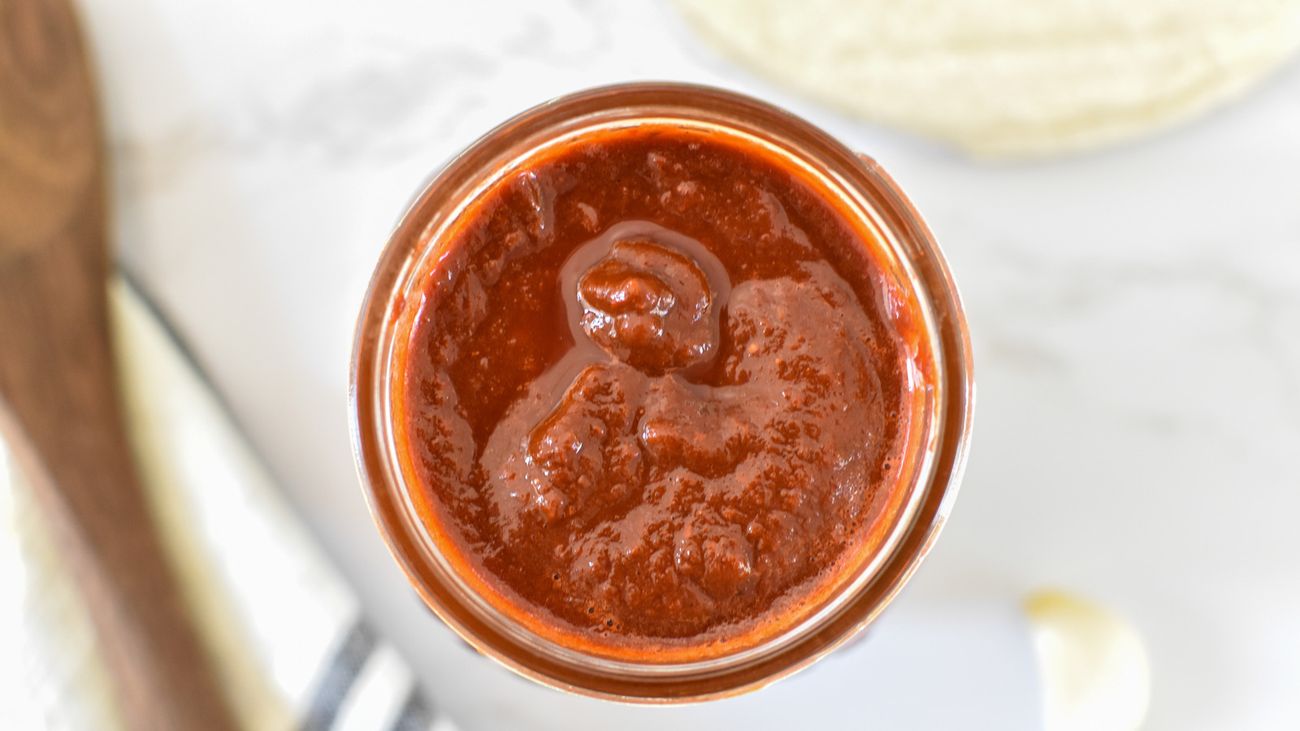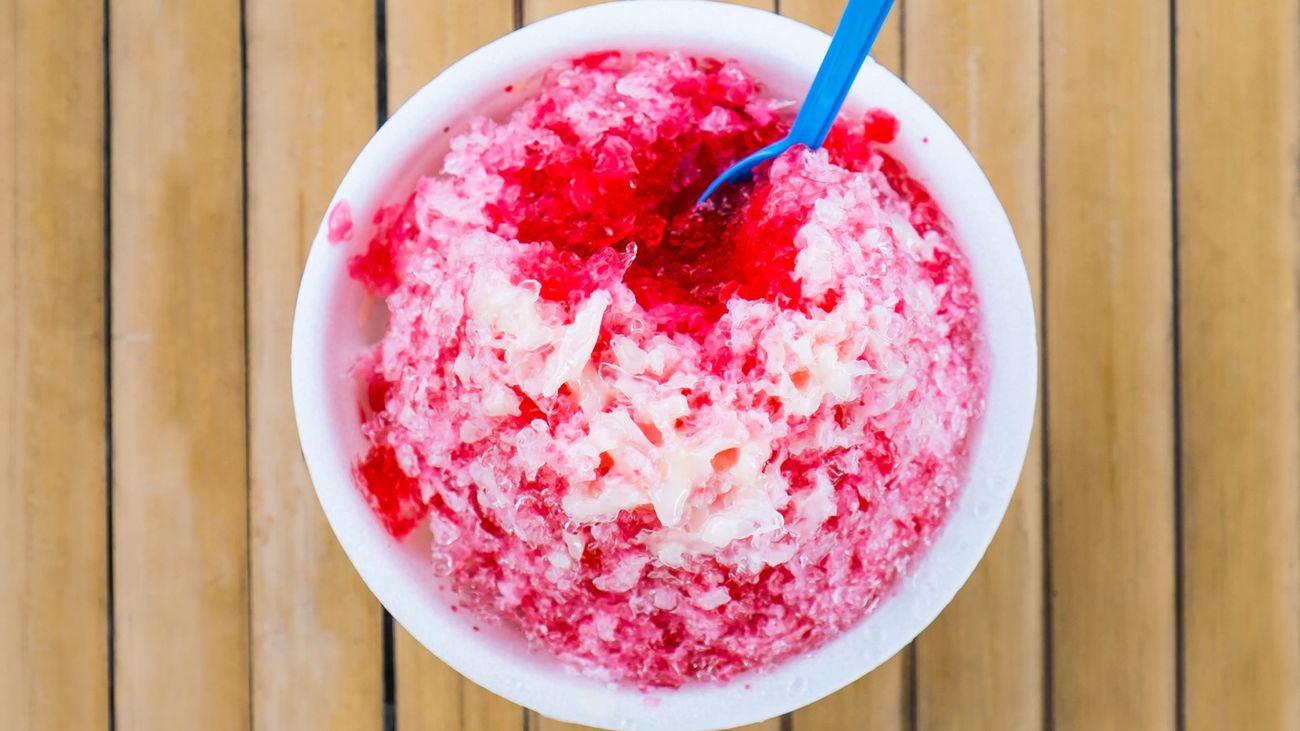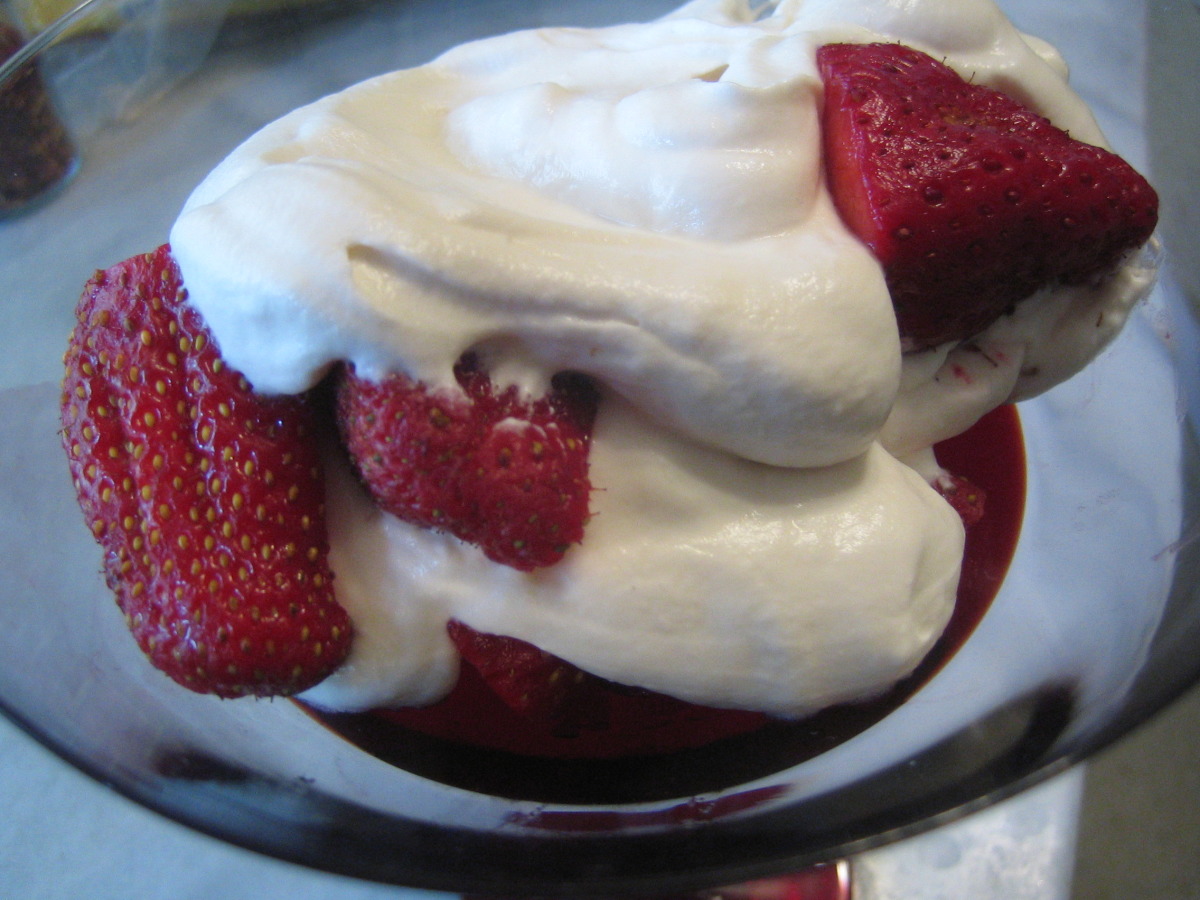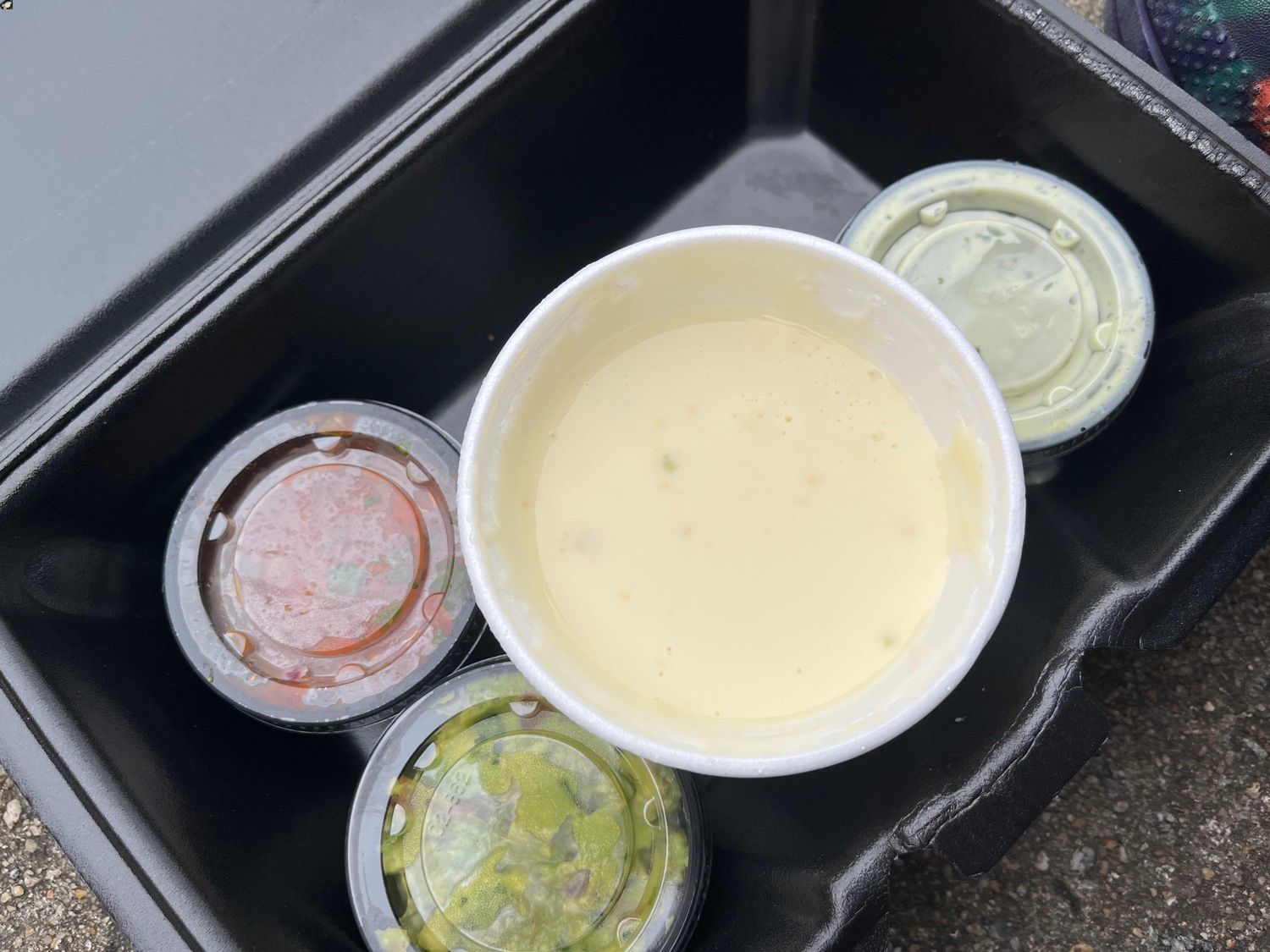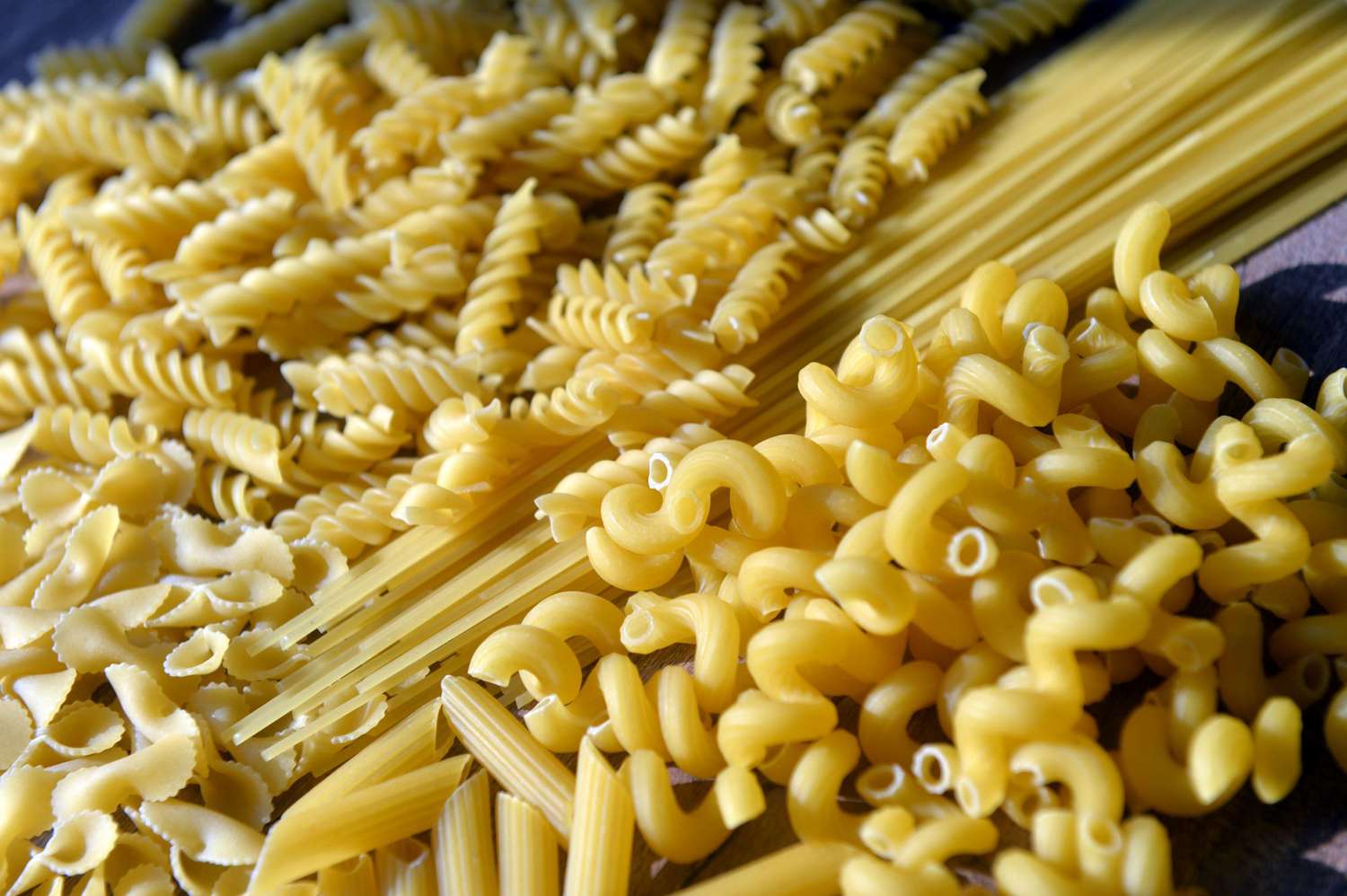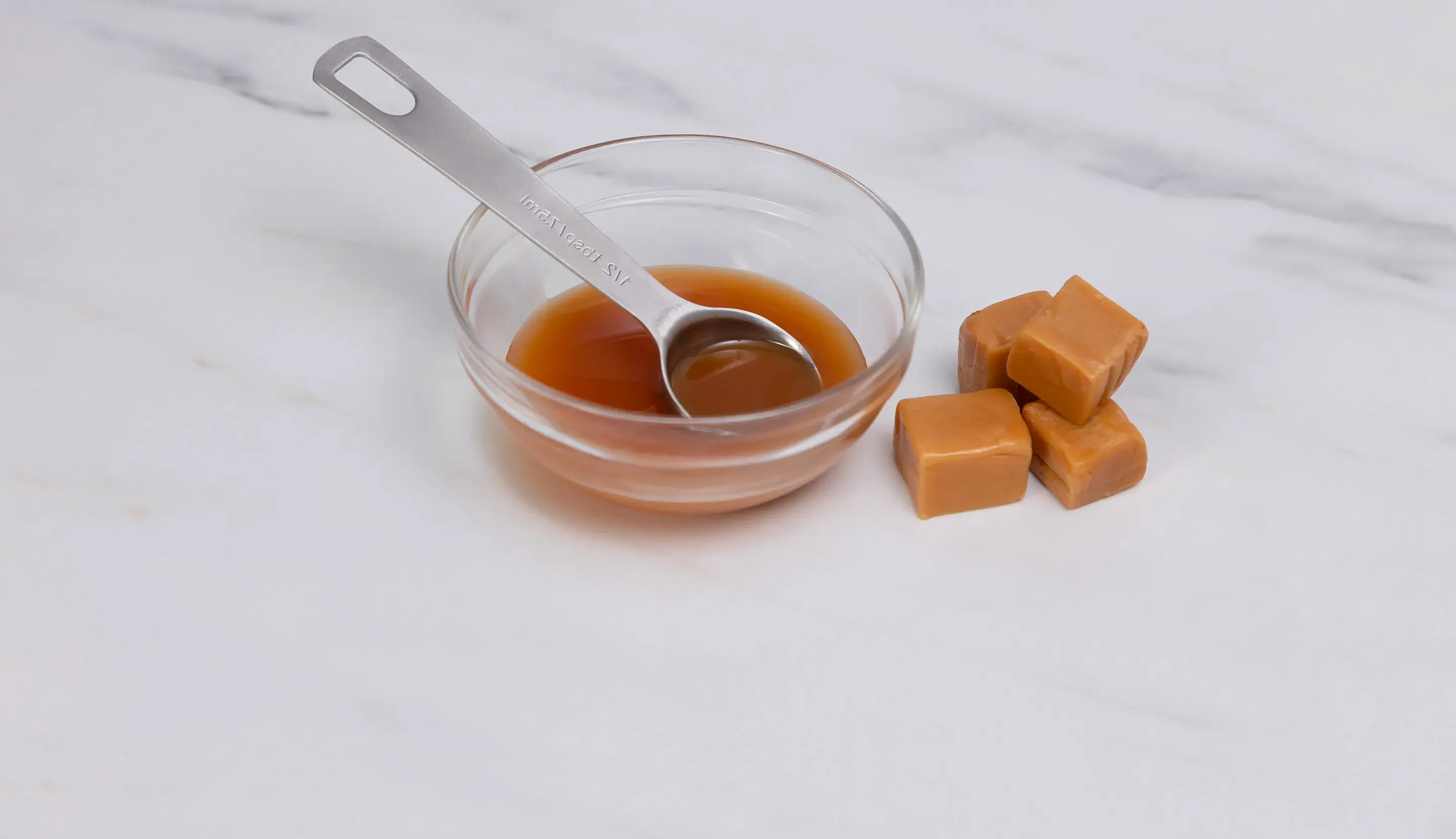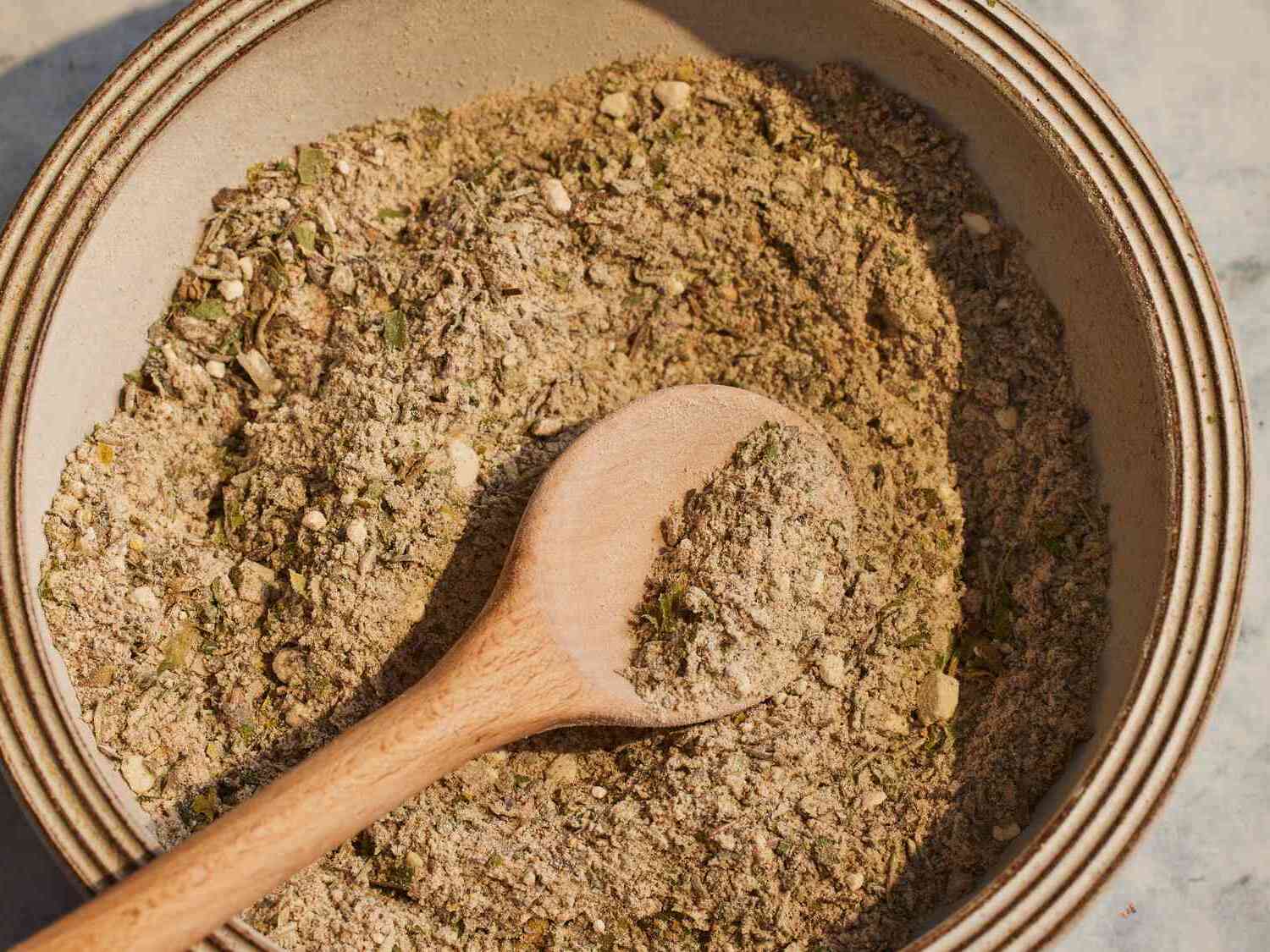Understanding Red Bulgur: A Nutritious and Versatile Grain
Red bulgur is a type of whole grain that has been used for centuries in Middle Eastern and Mediterranean cuisine. It is made from cracked wheat berries that have been parboiled, dried, and then cracked into smaller pieces. Red bulgur is a nutritious and versatile ingredient that can be used in a variety of dishes, from salads and pilafs to soups and stews.
What Makes Red Bulgur Unique?
Red bulgur stands out for its vibrant color and slightly nutty flavor. Unlike white bulgur, which is made from durum wheat, red bulgur is made from hard red wheat, giving it a rich, earthy taste and a chewy texture. This whole grain is packed with essential nutrients, including fiber, protein, and various vitamins and minerals.
Nutritional Benefits of Red Bulgur
Red bulgur is a nutritional powerhouse, offering a range of health benefits:
- Fiber: Red bulgur is high in dietary fiber, which can aid in digestion and help maintain a healthy weight.
- Protein: It is a good source of plant-based protein, making it an excellent choice for vegetarians and vegans.
- Vitamins and Minerals: Red bulgur contains essential nutrients such as iron, magnesium, and B vitamins, which are important for overall health and well-being.
How to Use Red Bulgur in Cooking
Red bulgur is incredibly versatile and can be used in a variety of dishes. Here are some popular ways to incorporate red bulgur into your cooking:
- Salads: Use red bulgur as a base for hearty and nutritious salads, combining it with fresh vegetables, herbs, and a zesty dressing.
- Pilafs: Cook red bulgur with aromatic spices and broth to create a flavorful and satisfying pilaf dish.
- Soups and Stews: Add red bulgur to soups and stews for added texture and nutrition.
- Veggie Burgers: Use red bulgur as a binder in homemade veggie burger patties for a wholesome and filling meal.
Where to Buy Red Bulgur
Red bulgur can be found in most health food stores, specialty grocery stores, and online retailers. Look for organic and high-quality options to ensure the best flavor and nutritional value.
In Conclusion
Red bulgur is a nutritious and delicious whole grain that can elevate your cooking and provide numerous health benefits. Whether you’re looking to add more fiber and protein to your diet or simply want to explore new culinary possibilities, red bulgur is a fantastic ingredient to have in your pantry. Experiment with different recipes and enjoy the unique taste and texture of this versatile grain!
Was this page helpful?
Read Next: What Is A Spencer Roast?

